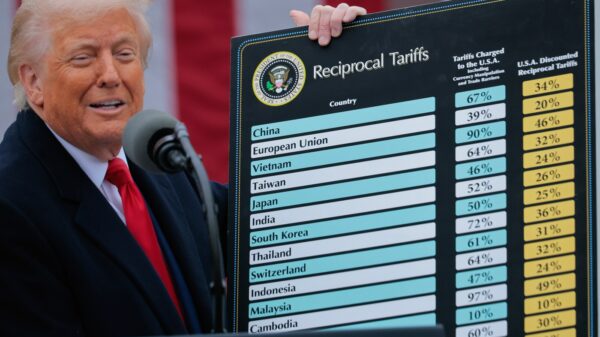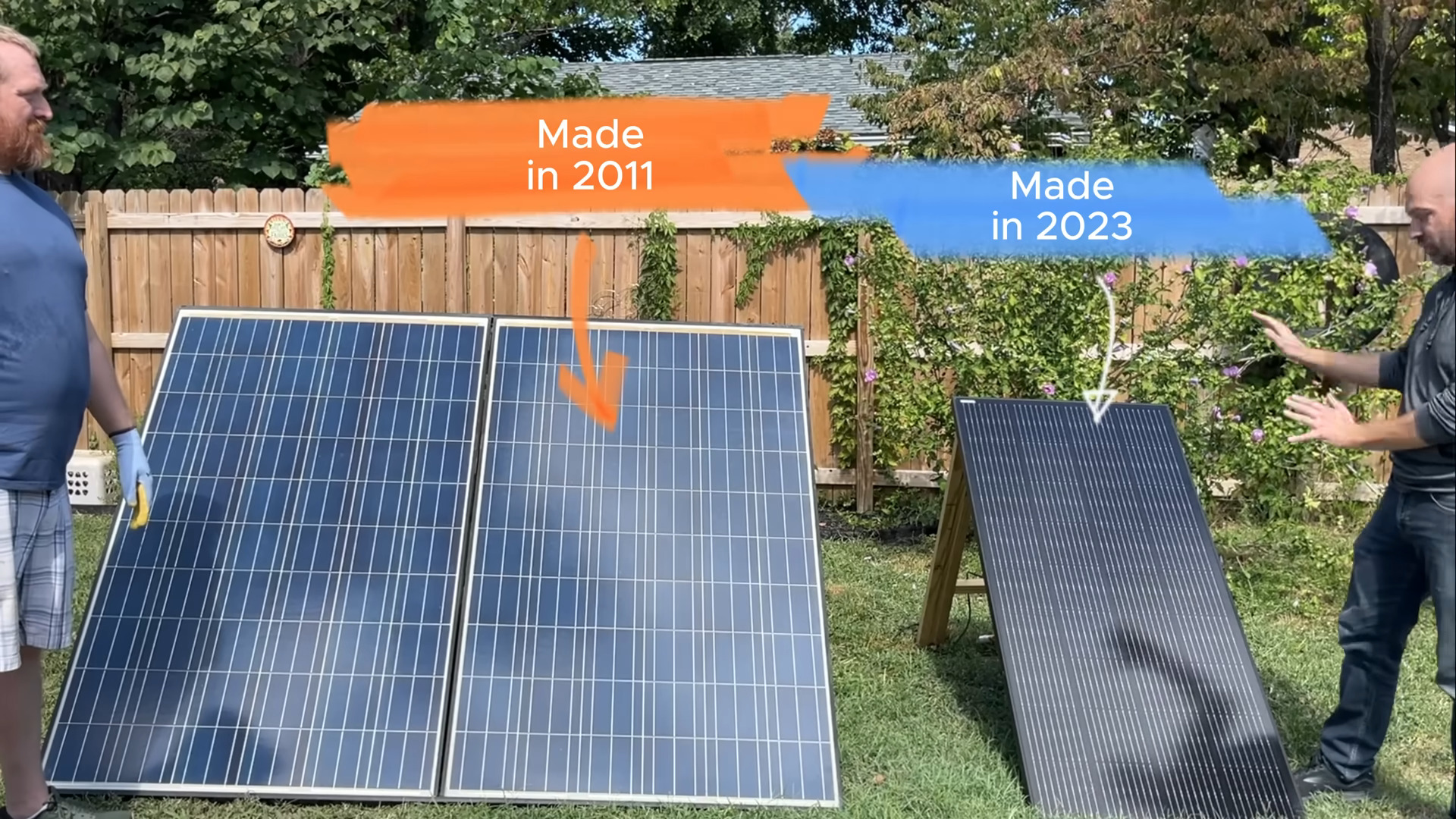The potential of repurposing old solar panels has been highlighted by a recent analysis conducted by the Backyard Solar Project. A set of 14-year-old polycrystalline panels, originally rated at 235 W each, demonstrated impressive performance after being cleaned. This revelation offers insight into the durability and longevity of solar technology, which is often overlooked in discussions about renewable energy.
In this particular instance, the aging panels were acquired at no cost, as the previous owner sought to dispose of them. After cleaning, these panels averaged an output of 180 W, achieving a capacity factor of 77%. Before the cleaning process, the panels had lost approximately eight watts of output due to grime accumulated over the years. This finding underscores the importance of maintaining solar panels to optimize their efficiency over time.
Comparative analysis showed that a contemporary panel rated at 200 W achieved 82% of its rated output under similar lighting conditions. This suggests that the older panels are still performing at approximately 94% of their original factory output. If the original ratings are to be trusted, this indicates a power drop of only half a percent per year, which aligns with findings from the US National Renewable Energy Laboratory. Their research suggests an average degradation rate of 0.75% per year for solar panels, emphasizing the resilience of older models in suitable climates.
The performance of these older panels is particularly remarkable given that they have been exposed to the elements for over a decade. The analysis further highlights that many solar panels in the United States operate in hotter climates, which can accelerate degradation. As such, the longevity observed in these panels may not be representative of all solar technologies.
While the continued functionality of these panels is encouraging, potential users must weigh the benefits against the limitations of older solar technology. Although they demonstrate reliable output, the energy density of polycrystalline panels is lower compared to modern monocrystalline panels that have become more prevalent in the last five years. For those with limited installation space, newer panels may be a more effective investment.
Nonetheless, for budget-conscious individuals, the prospect of acquiring free solar panels remains an attractive option. Even if they are not as energy-dense, they can still serve as a viable solution for generating electricity. Additionally, positioning old panels vertically can enhance their effectiveness, particularly in higher latitudes where sunlight angles vary.
Ultimately, the analysis conducted by the Backyard Solar Project illustrates that old solar panels can still provide substantial energy output, making them a feasible choice for many. As renewable energy continues to evolve, understanding the performance characteristics of older technologies can inform decisions and strategies for sustainable energy use across various communities.






































































